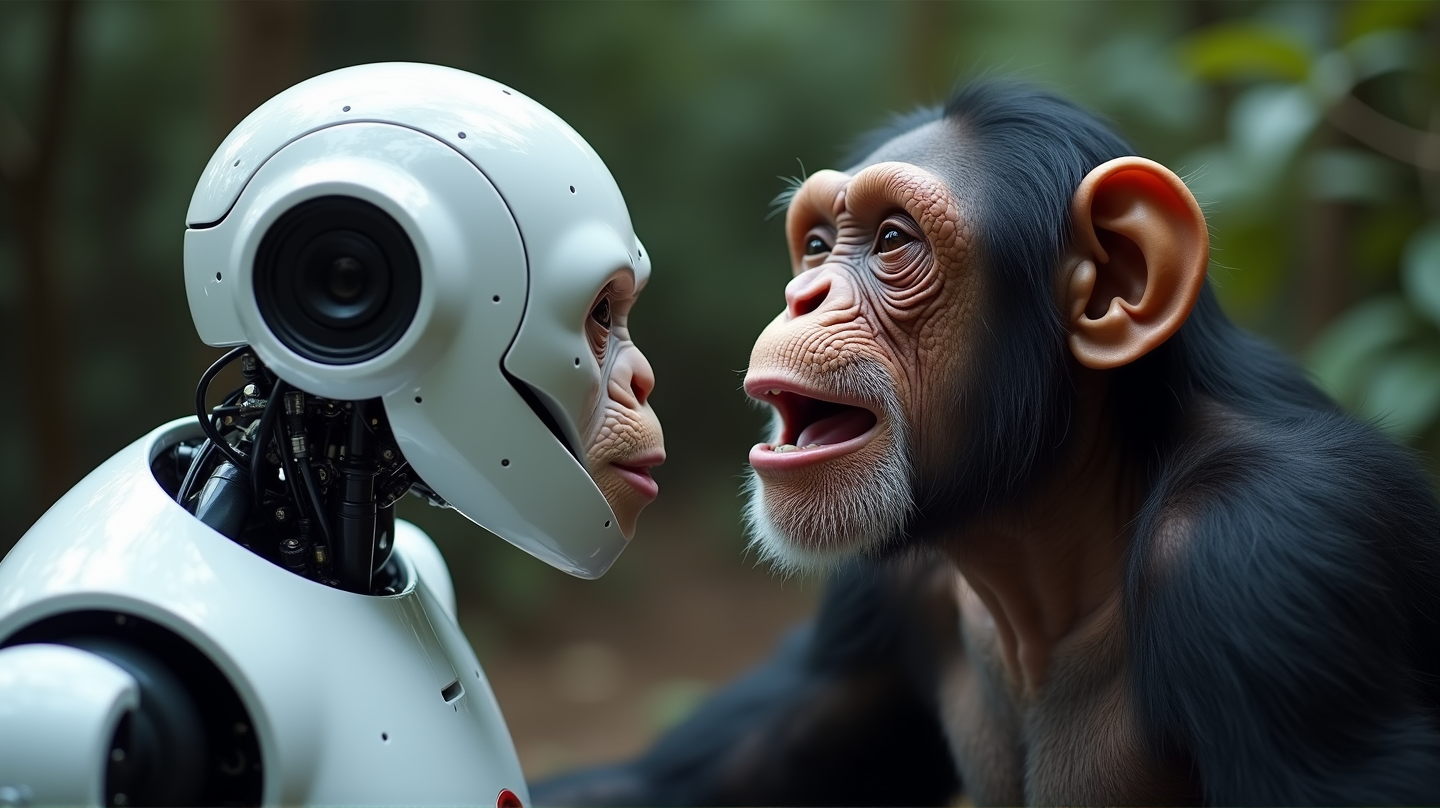The Fascinating Phenomenon of Robot-Induced Yawning
Chimpanzees, our closest animal relatives, have just done something mind-boggling: they are catching yawns from a robot. According to a new study, chimps yawn in response to an android mimicking human expressions. This intriguing discovery opens a new chapter in understanding social and empathetic behaviors across species.
The Contagious Yawn: More Than Just Mimicry
Yawning has long been linked to changes in attention and temperature regulation, often acting as a bridge from rest to alertness. While its contagious nature is noted in various mammals and even some fish, the exact reasons remain elusive. This behavior is speculated to be tied to social interactions such as empathy or imitation. However, what makes this study groundbreaking is the chimps’ reactions to an inanimate android, suggesting compelling social cues.
Unraveling the Study: Robots with Human-Like Features
On Thursday, the journal Nature published findings from a study where 14 adult chimpanzees were exposed to an android head, programmed to mimic human-like facial expressions, including yawning. Equipped with 33 motors simulating muscles, the android’s yawning expressions were presented in recorded 15-minute sessions. Videos of the reactions showed that half the chimps yawned back at the robot, revealing a nuanced understanding of body language.
Beyond the Yawn: Observations on Behavior
Not only did the chimps exhibit yawn contagion, but they also displayed behaviors connected to drowsiness. As they watched the robot, chimps were seen lying down and collecting bedding material, suggesting the robots’ yawning could act as a resting cue. These findings add another layer to the complex social dynamics of primates.
The Bigger Picture: Implications for Future Research
Scientists speculate this study offers insights into how observational cues influence primate behavior. Although the biological processes behind this response remain a mystery, researchers are hopeful that future investigations may reveal whether other robotic actions can also provoke similar responses in animals.
As stated in The Independent, these discoveries enrich our understanding of primate susceptibility to contagious behaviors and hint at the potential of robots as tools in scientific research. Only time will tell how deeply entwined these behaviors are, how they evolved, and their broader implications for understanding the social animals we share our planet with.
